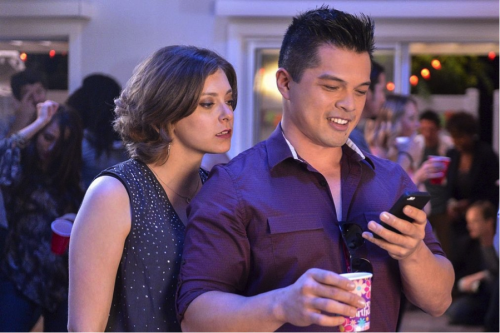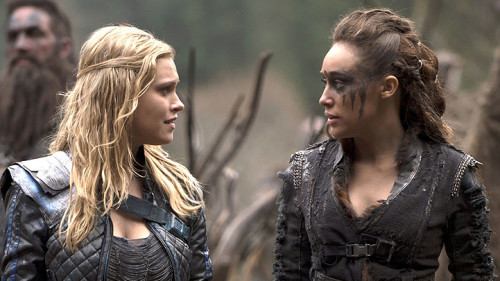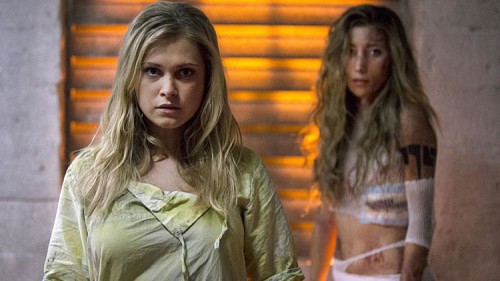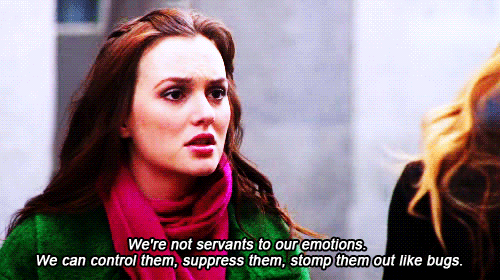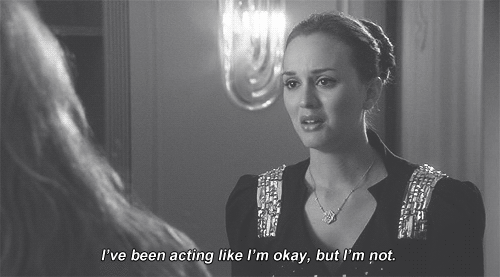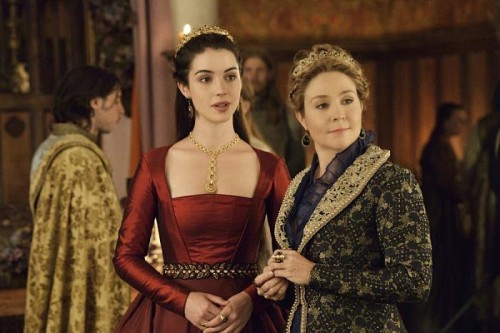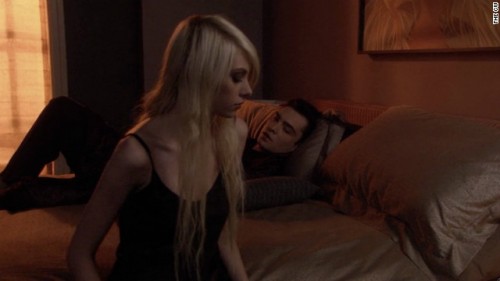This is a guest post by Stephanie Brown.
In a few weeks, I’ll be meeting with a Mortified producer in the hopes of having the opportunity to read my diary on stage in front of a bunch of strangers, so I’ve spent many nights pouring through every diary I’ve kept since age 8. While I wish they contained high-minded meanderings, silly but insightful childhood reflections, or at least an angsty Jewel inspired poem or two, my writings from age 8 to age 31 largely center around one topic: boys.
Yes, some of these boys were boyfriends. Boys who I loved who loved me back. Boys I fought with. Boys who broke my heart. About these boys, I wrote to work through the complicated feelings I had relating to our complicated relationships, because they’re always complicated when you’re 19. But the vast majority of the boys who litter the pages of my diaries did not return any of the feelings that filled pages upon pages; they were unrequited crushes. These were the boys I pined over in the halls of junior high, whose houses I walked past every night in case they happened to walk out the door, whose discarded pens I saved in my locker, whose every glance and word I poured over with my friends like a detective searching for clues.
I would like to pretend that such crushes stopped once I graduated high school and graduated to full-blown, adult relationships complete with the objects of my affection affection-ing me back. That would, however, be a lie. This is all to say: unrequited female desire is not uncommon.
Let me rephrase: unrequited female desire is not uncommon in real life. It is, however, uncommon in popular culture.
Why do I bring this up? In addition to reading through my old diaries, the premiere of the CW’s new series Crazy Ex-Girlfriend has reminded about how rare representations of one-sided female desire are within our popular culture and how often those representations, when they do exist, tend to pathologize such feelings. This dearth of representations has given me complicated feelings about the CW’s new, oftentimes brilliant, series.
The show, if you aren’t familiar, is an hour-long musical-dramedy created by and starring funny woman Rachel Bloom, who has written for Robot Chicken and who has created hilariously offbeat music videos like “Fuck Me, Ray Bradbury.” The pilot centers on the decision of New York-based, overachieving lawyer Rebecca Bunch (Bloom) to turn down a major promotion and instead move to West Covina, California to start her life anew. She makes this decision after running into Josh Chan (Vincent Rodriguez III), a summer camp boyfriend from her youth, who mentions that he is about to move back to West Covina. While the episode makes obvious that Rebecca is miserable in her current job and life situation and is subconsciously using her crush on Josh as an excuse to make a drastic change in her life, the series has so far focused more on Rebecca’s crush than it has on the other reasons she has for moving. Though, as the series progresses, we have started to get glimpses of her troubled family history and deeper insecurity issues.
The series has a lot going for it. The show’s tone is delightfully off-kilter, veering between dark comedy, upbeat musical numbers, and moments of introspection about friendship, success, gender roles, and family trauma. The jokes are clever and unexpected, the songs are catchy and subversive, and the characters are a lovable bunch of misfits played by a cast of extremely talented, relatively unknown actors. The series is largely written and produced by women, and the casting of Josh is a refreshing choice in a pop culture landscape in which Filipino actors are rarely chosen to play the hot leading man.
For the uninitiated, here is a song from the second episode that is emblematic of the silly, clever and subversive way the show plays with the societal expectations put on women:
[youtube_sc url=”https://www.youtube.com/watch?v=hkfSDSfxE4o”]
The series is in many ways complex and nuanced and different, which is why its title and accompanying ad campaign have been frustrating. While the show’s intro theme song winks self-knowingly at the name of the series, (“That’s a sexist term!” Rebecca shouts at the chorus singing about her, “It’s more nuanced than that!”) someone still decided it would be beneficial to play into gender stereotypes that construct unrequited love as a pathology in women. This isn’t new, of course. We have texts like the “overly attached girlfriend” meme and Sandra Bullock’s Razzie winning performance in All About Steve that make fun of women who perform love incorrectly, and we have dark thrillers like Fatal Attraction in which women’s desire becomes deadly.
While Crazy Ex-Girlfriend is a largely wonderful series and while the writers need more than three episodes to develop its characters, two things trouble me about how Rebecca’s feelings have been treated, aside from the title’s blasé pejorative use of the term “crazy.” The first is that Josh thus far does not seem to be Rebecca’s destined love interest. Television couples are often set up from the early stages of a series, and when the set-up is incited by a male character’s crush (ie, Jim and Pam from The Office, Ross and Rachel from Friends, Niles and Daphne on Frasier), the coupling seems inevitable.
However, from what we’ve seen so far, Josh is not Rebecca’s eventual love interest; his cute yet sarcastic bartender friend Greg (Santino Fontana) is. Josh and Rebecca don’t have much chemistry, but Rebecca and Greg do. They banter. They fight. They act toward each other how most eventual television pairs act. Halfway through the pilot episode, we are already cheering for Rebecca to forget about Josh and realize that Greg is the right guy for her. Rebecca is almost immediately set up as a love object, even in a show whose very premise centers on her feelings for someone else.
Second, the show seems to want to explain Rebecca’s desire for Josh as a symptom of the actual mental health issues from which she seems to be suffering. Honest representations of mental illness are great. Honest representations of female desire are great. What I don’t find great are representations that link female desire to mental illness. The series needs to allow Rebecca to experience both, but without conflating the two.
While some critics are looking forward to she series pivoting off of its initial premise, and while I agree that the show needs to also explore Rebecca’s friendships and family and anxiety and success, I don’t want to give up on the idea that we can have funny, relatable representations of women having crushes. I longed for such storylines as a kid. The girls and women on television always seemed to be the ones being pined after. They never threw parties in hopes that their crush would show up or memorized someone’s class schedule in order to ‘accidentally’ bump into them every day. While I wish the writers on Crazy Ex-Girlfriend would modulate Rebecca’s character, I have related on some level to the feelings about which she often sings.
My hopes for Crazy Ex-Girlfriend moving forward are therefore twofold. I want the series to give Rebecca more to do than pine after Josh, but I don’t want the series or critics to pathologize Rebecca for pining after Josh. I don’t want audiences to write off the series because of some rigid definition of feminism that doesn’t allow for crushes, but I want the series to stop constructing Rebecca’s crush as borderline delusional.
In high school, my friends and I designed, printed, and laminated a 12-Step System for getting over our crushes. I still have the certificate I was awarded for successfully completing the program in the middle of the tenth grade. Even then, we characterized our own feelings as an addiction. I labeled myself “ boy crazy.” This language reinforces the idea that such feelings require treatment, however, wanting someone who doesn’t want you is not a mental illness. We need pop culture to stop telling us that it is.
Stephanie Brown is a television, comedy, and podcast enthusiast working on her doctorate in media studies at the University of Illinois, Urbana-Champaign. You can follow her on Twitter or Medium @stephbrown.
